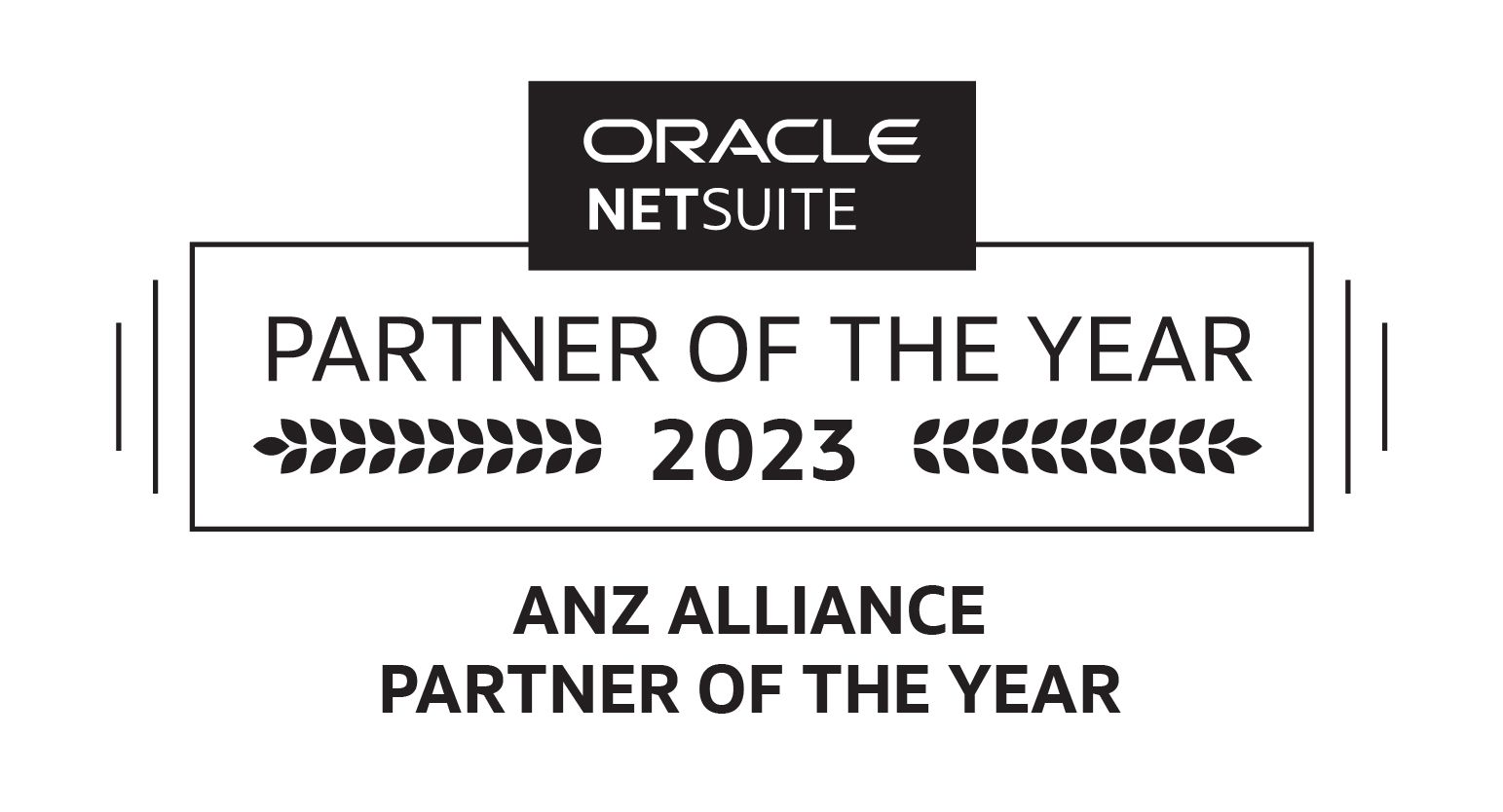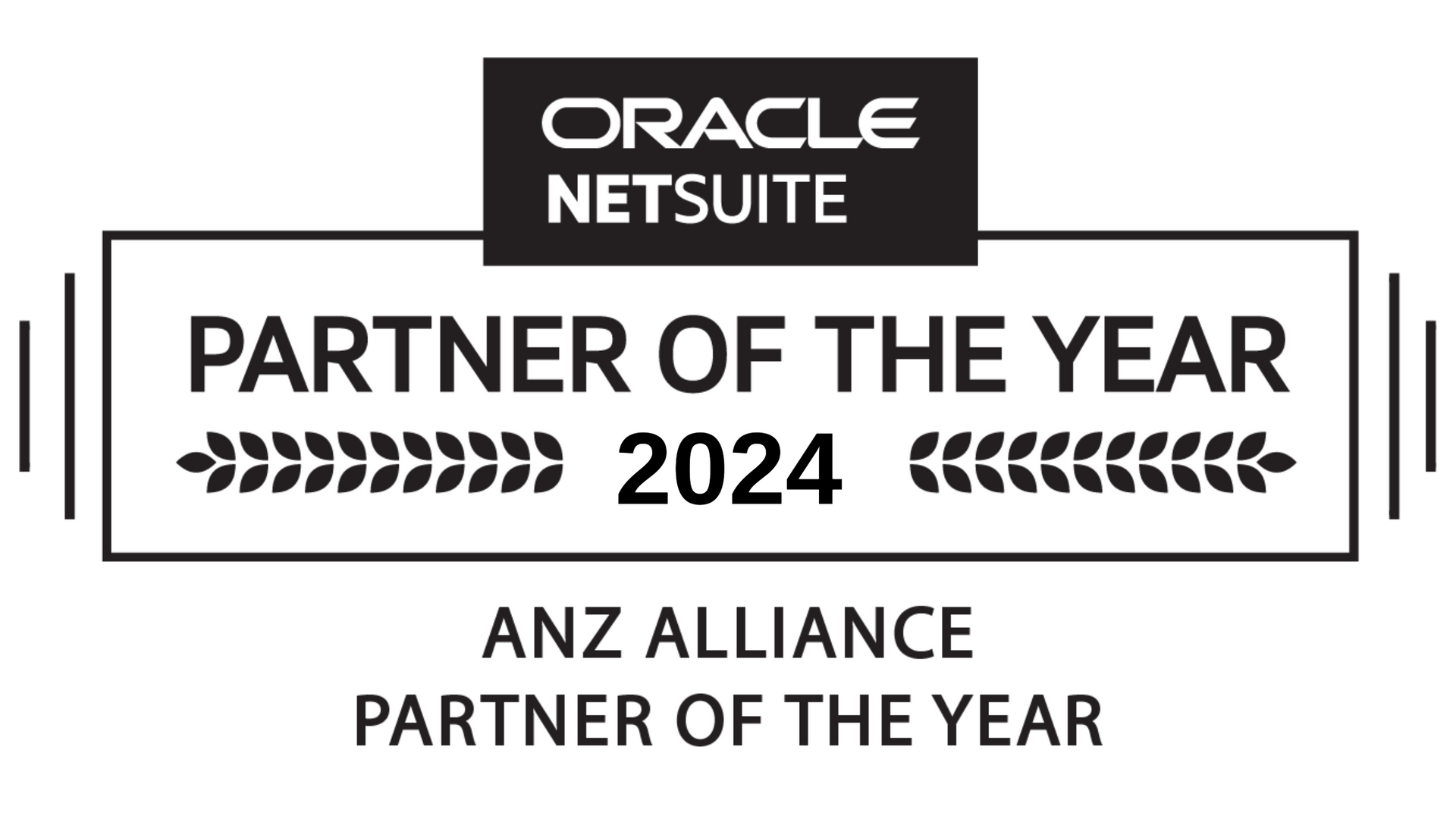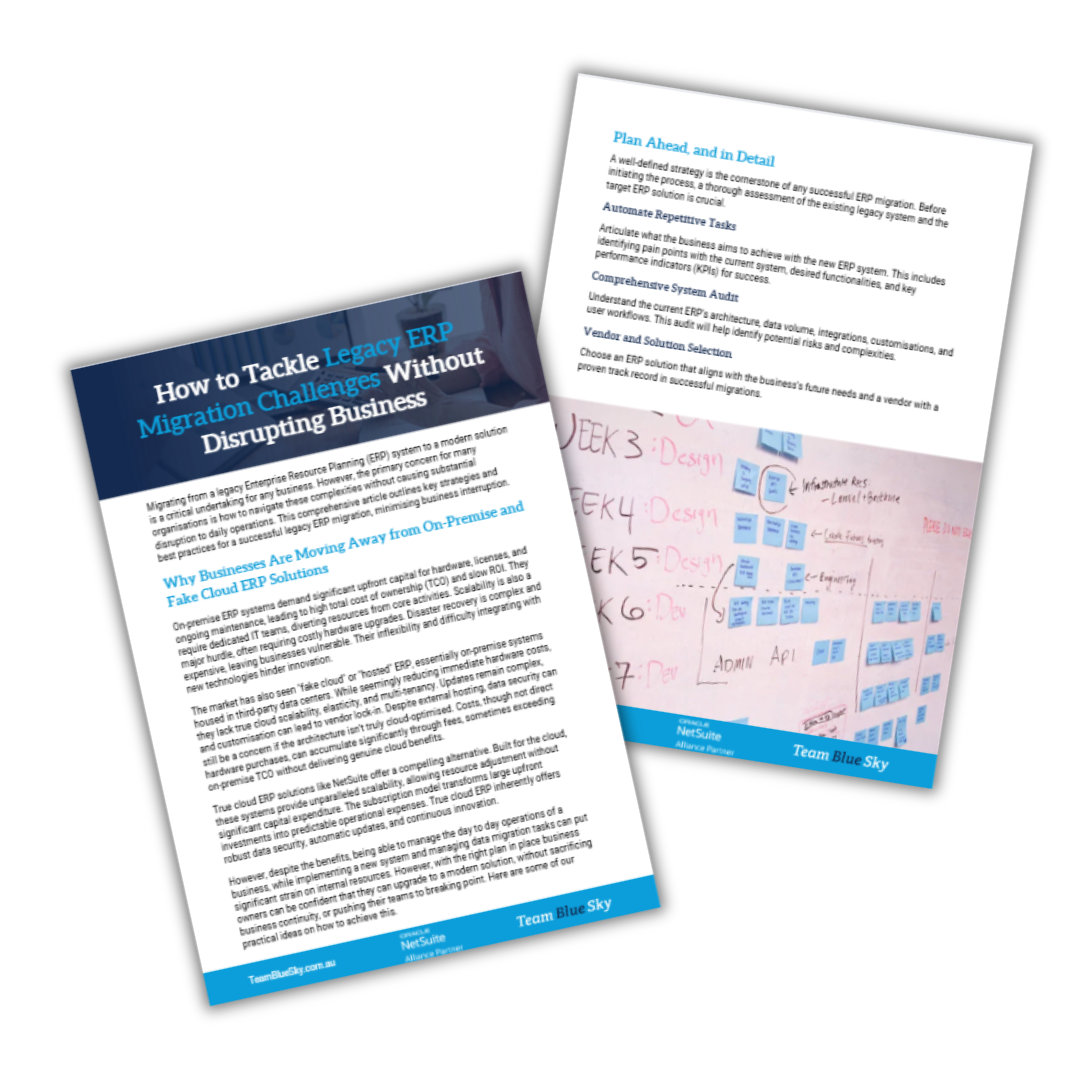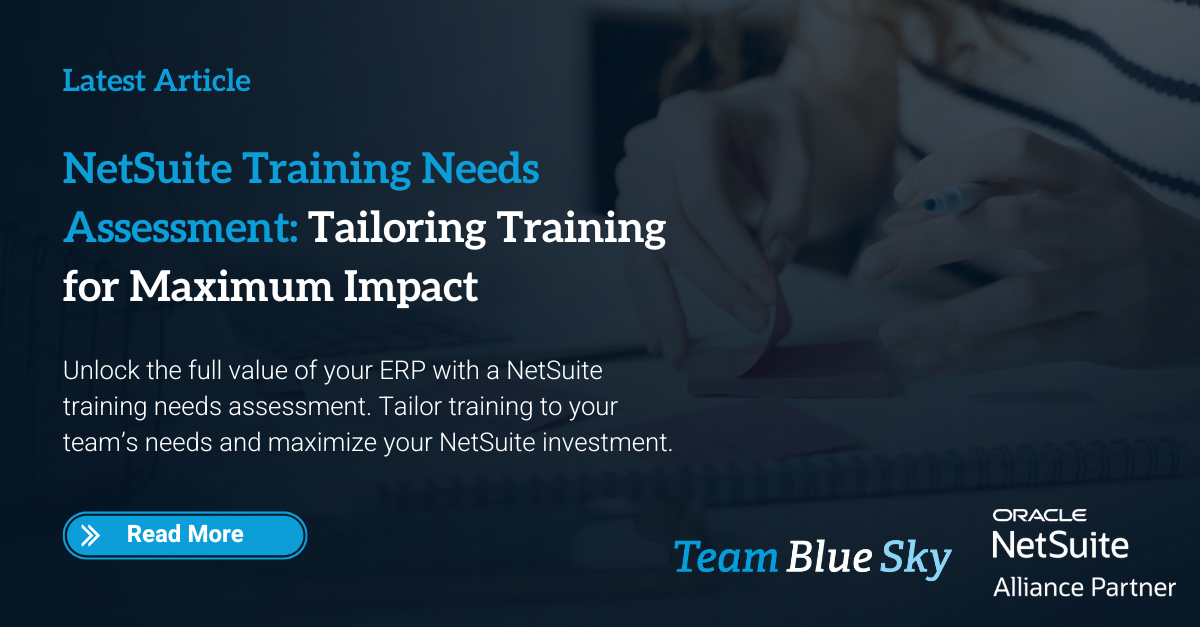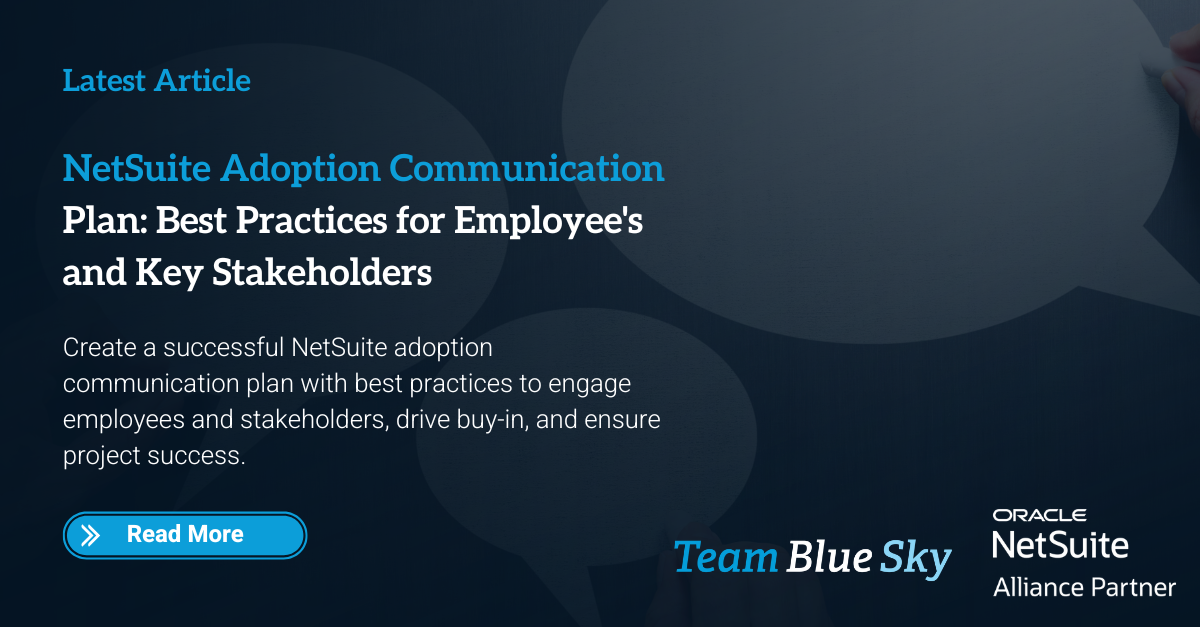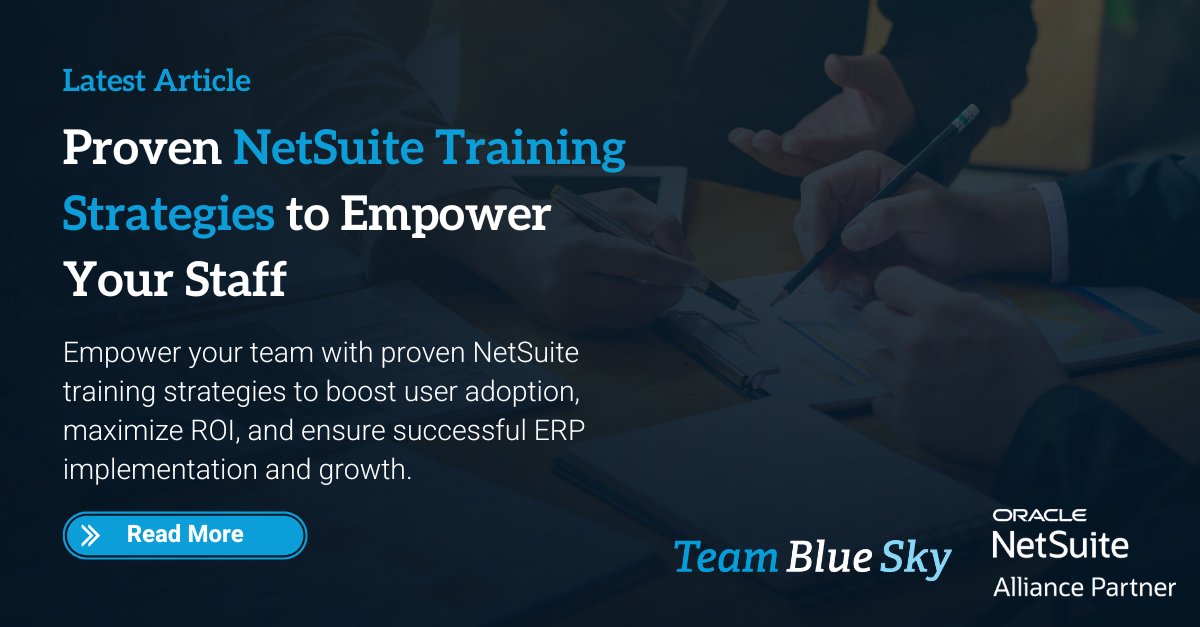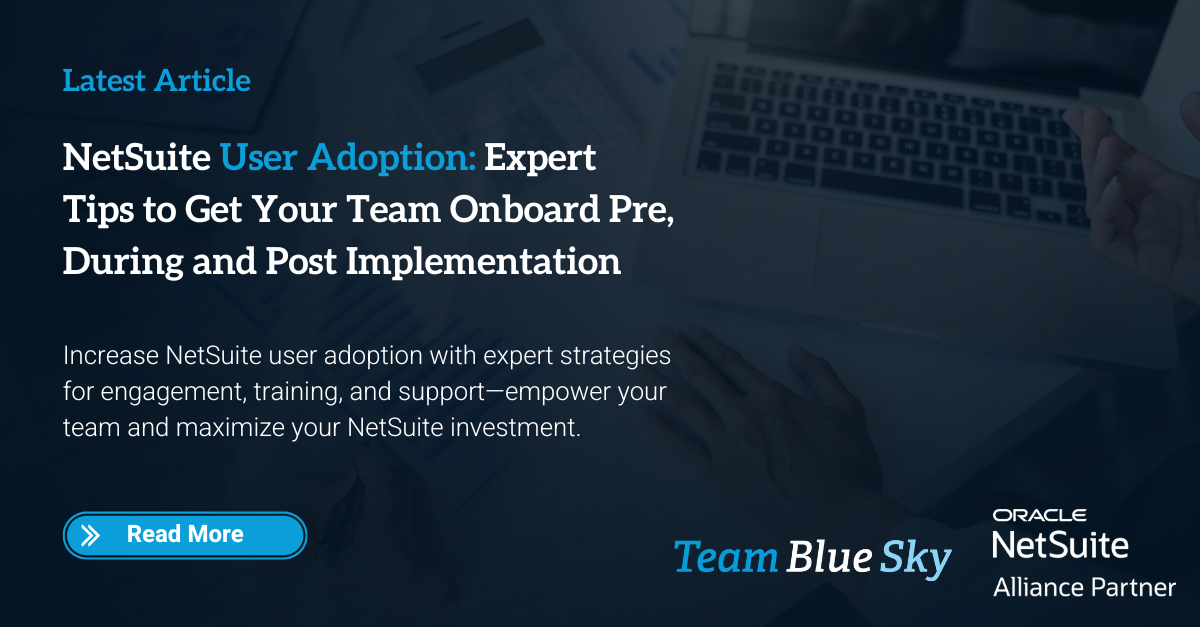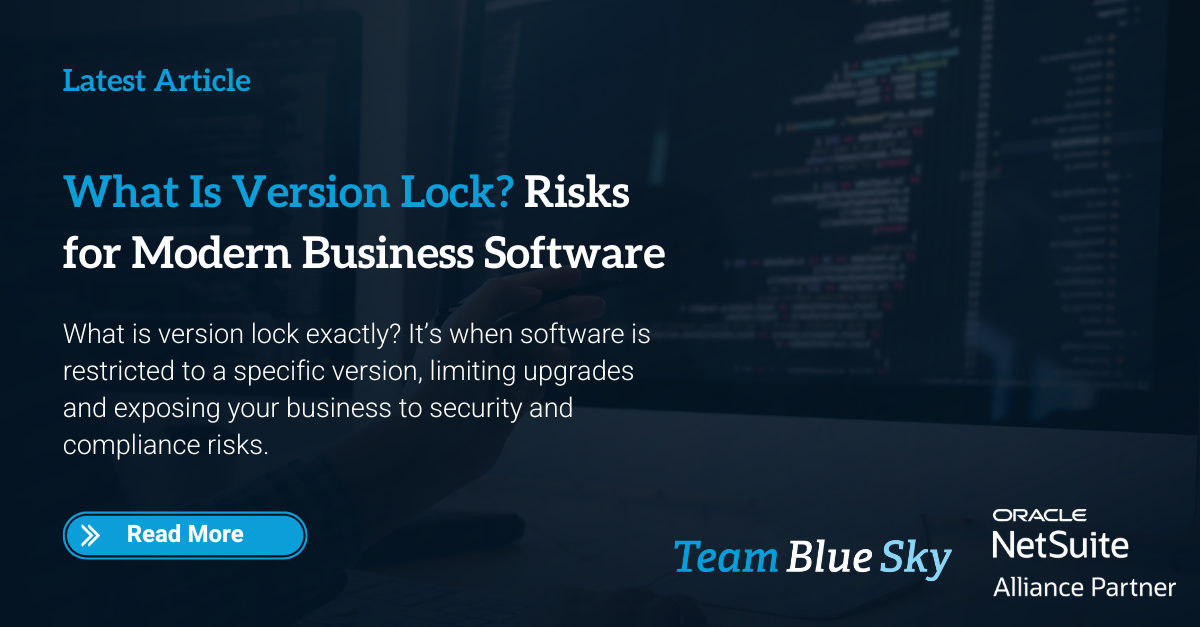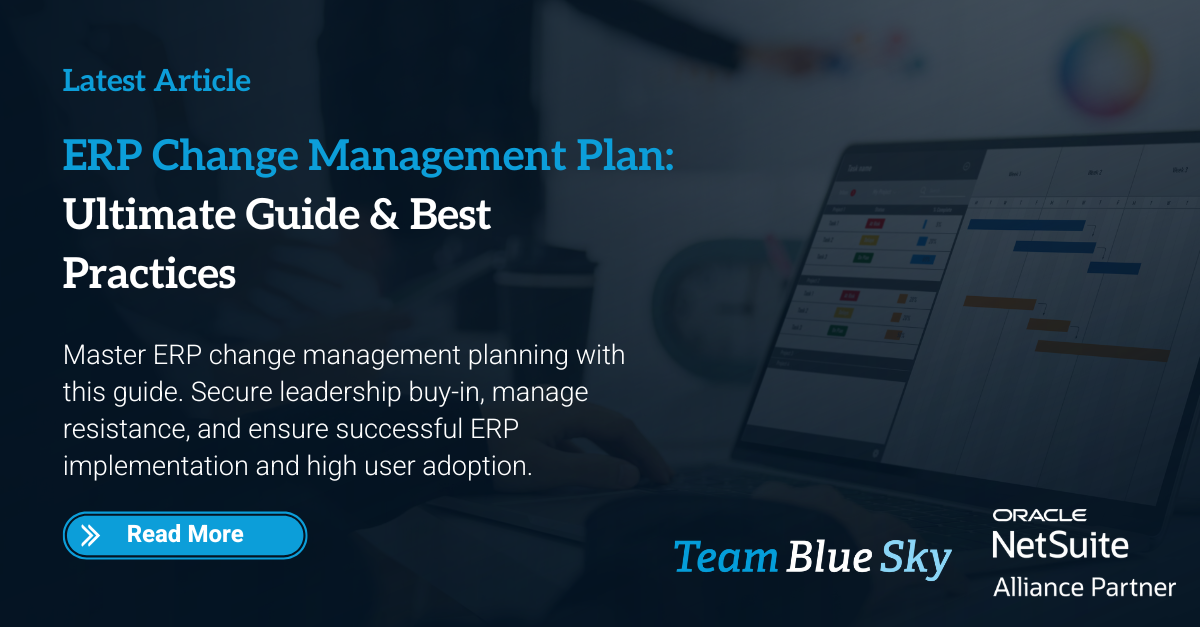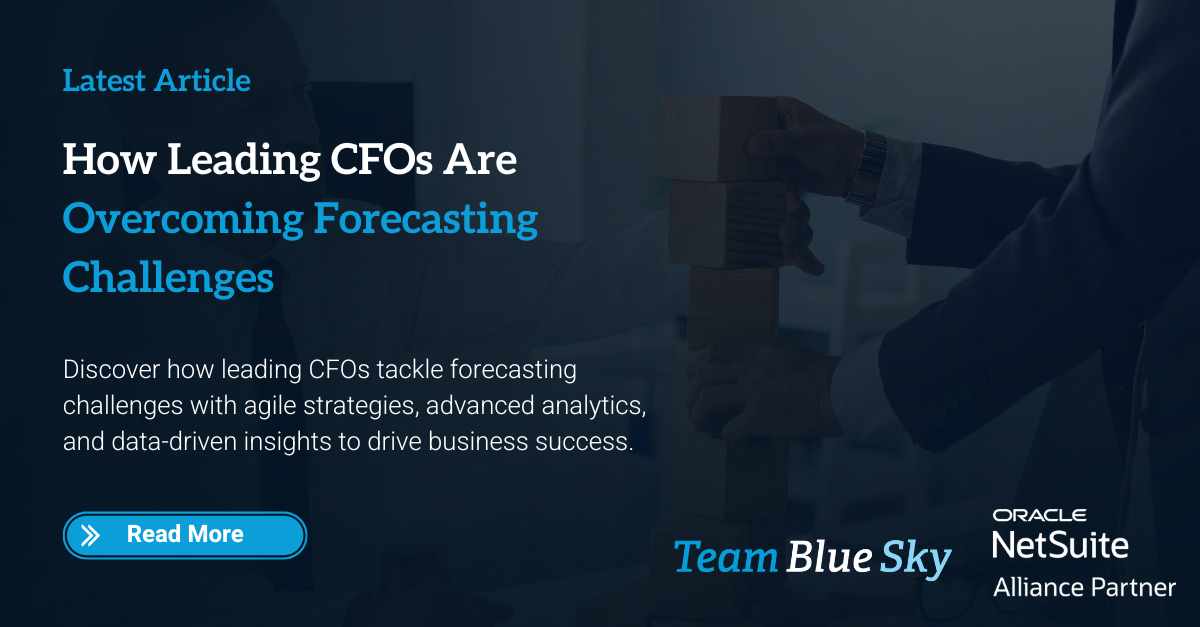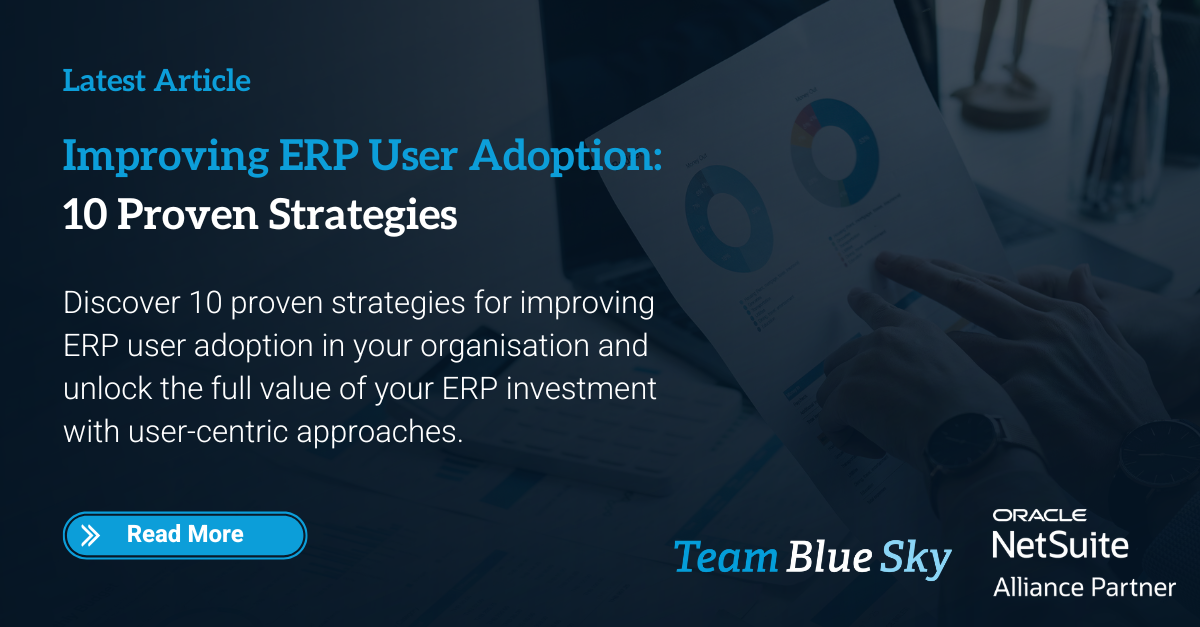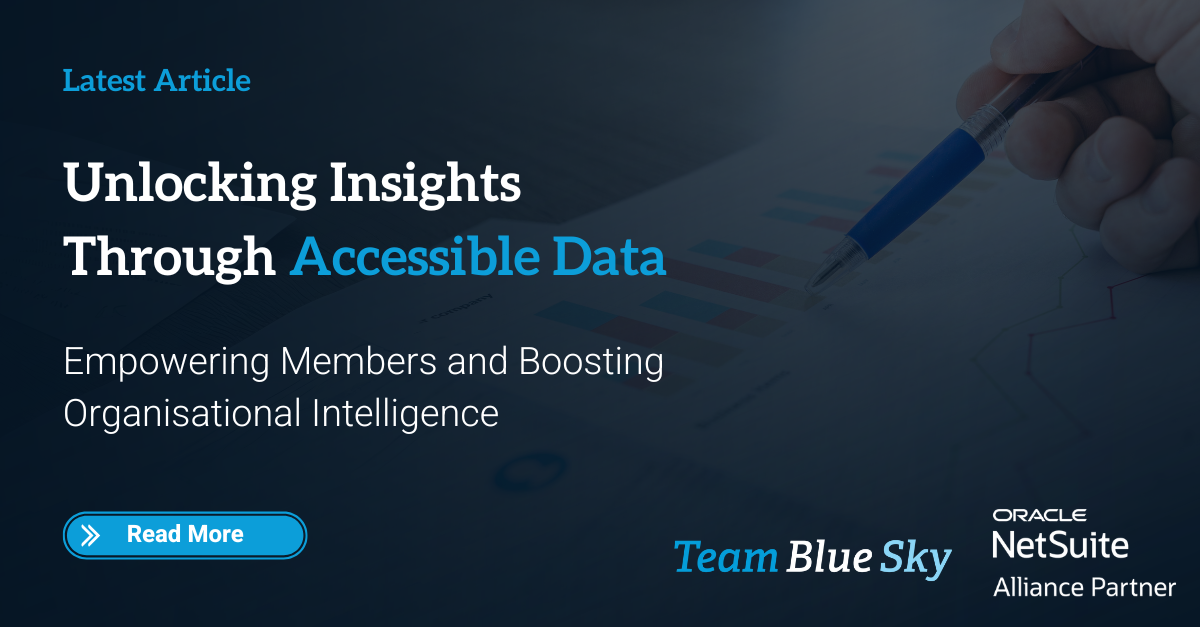How to Tackle Legacy ERP Data Migration Challenges Without Disrupting Business Continuity
Migrating from a legacy Enterprise Resource Planning (ERP) system to a modern solution is a critical undertaking for any business. However, the primary concern for many organisations is how to navigate these complexities without causing substantial disruption to daily operations. This comprehensive article outlines key strategies and best practices for a successful legacy ERP migration, minimising business interruption.
Why Businesses Are Moving Away from On-Premise and Fake Cloud ERP Solutions
On-premise ERP systems demand significant upfront capital for hardware, licenses, and ongoing maintenance, leading to high total cost of ownership (TCO) and slow ROI. They require dedicated IT teams, diverting resources from core activities. Scalability is also a major hurdle, often requiring costly hardware upgrades. Disaster recovery is complex and expensive, leaving businesses vulnerable. Their inflexibility and difficulty integrating with new technologies hinder innovation.
The market has also seen "fake cloud" or "hosted" ERP, essentially on-premise systems housed in third-party data centers. While seemingly reducing immediate hardware costs, they lack true cloud scalability, elasticity, and multi-tenancy. Updates remain complex, and customisation can lead to vendor lock-in. Despite external hosting, data security can still be a concern if the architecture isn't truly cloud-optimised. Costs, though not direct hardware purchases, can accumulate significantly through fees, sometimes exceeding on-premise TCO without delivering genuine cloud benefits.
True cloud ERP solutions like NetSuite offer a compelling alternative. Built for the cloud, these systems provide unparalleled scalability, allowing resource adjustment without significant capital expenditure. The subscription model transforms large upfront investments into predictable operational expenses. True cloud ERP inherently offers robust data security, automatic updates, and continuous innovation.
However, despite the benefits, being able to manage the day to day operations of a business, while implementing a new system and managing data migration tasks can put significant strain on internal resources. However, with the right plan in place business owners can be confident that they can upgrade to a modern solution, without sacrificing business continuity, or pushing their teams to breaking point. Here are some of our practical ideas on how to achieve this.
Plan Ahead, and in Detail
A well-defined strategy is the cornerstone of any successful ERP migration. Before initiating the process, a thorough assessment of the existing legacy system and the target ERP solution is crucial.
Define Clear Objectives
Articulate what the business aims to achieve with the new ERP system. This includes identifying pain points with the current system, desired functionalities, and key performance indicators (KPIs) for success.
Comprehensive System Audit
Understand the current ERP's architecture, data volume, integrations, customisations, and user workflows. This audit will help identify potential risks and complexities.
Vendor and Solution Selection
Choose an ERP solution that aligns with the business's future needs and a vendor with a proven track record in successful migrations.
Choose a Phased Approach vs. Big Bang
Phased Approach
A phased approach to ERP implementation involves migrating modules or departments incrementally. This method reduces immediate risk and allows for lessons learned from early phases to be applied to later ones. While it can extend the overall migration timeline, a phased approach is often preferred by businesses prioritising minimal disruption.
Big Bang Approach
The "Big Bang" approach, favoured by legacy ERP solutions due to the complexity of their solutions, involves switching all systems over simultaneously. While this method offers a faster migration, it carries a higher risk if not meticulously planned and executed.
Ensure You Have a Clear Data Migration Strategy
Data serves as the core of any ERP system; thus, a flawed data migration can lead to significant business disruption and inaccurate reporting.
Here are key considerations for data migration.
Data Cleansing and Standardisation
Before initiating any migration, a thorough and meticulous data cleansing process is paramount. This foundational step is often overlooked or underestimated, yet its importance cannot be overstated. Attempting to migrate a large volume of dirty, redundant, or irrelevant data will inevitably lead to complications, increased costs, and potential data integrity issues in the new system. Therefore, before you move anything, clean up your old data!
This initial phase involves several critical activities:
Identification of Redundant Data
Many legacy ERP systems accumulate duplicate records over years of operation. These could be duplicate customer entries, product SKUs, or vendor information. Identifying and consolidating these redundancies will streamline the migration process and ensure a cleaner database in the new ERP.
Archiving of Obsolete Data
Not all historical data is necessary for the new ERP. Data that is no longer relevant for operational or compliance purposes should be archived separately. This reduces the volume of data to be migrated, speeds up the process, and improves the performance of the new system.
Correction of Inaccurate Data
Data quality issues, such as misspellings, incorrect addresses, or outdated contact information, can lead to significant problems post-migration. A comprehensive data audit should be conducted to identify and correct these inaccuracies.
Standardisation of Data Formats
Legacy systems often have inconsistent data formats. For example, dates might be entered in various ways (DD/MM/YYYY, MM-DD-YY), or addresses might not adhere to a standardised format. Unifying these formats is crucial for seamless integration into the new ERP.
Removal of Irrelevant Data
Over time, systems can accumulate temporary files, test data, or information that is no longer useful. Deleting this irrelevant data further optimises the migration scope.
Data Mapping
Think of data mapping as creating a meticulously detailed translation guide for your entire operational history. It's not merely about moving data from point A to point B; it's about understanding the nuanced meaning of every piece of information in your legacy system and precisely defining its new home within the sophisticated architecture of your new ERP.
This process begins with an exhaustive inventory of every single data field in your old system. This includes not just the obvious fields like customer names and product IDs, but also less apparent ones such as custom fields, historical notes, timestamps, and even metadata that might seem insignificant at first glance. For each identified field, you need to meticulously determine its exact counterpart in the new ERP system. This often involves more than a one-to-one correlation. Sometimes, a single field in the old system might split into multiple fields in the new one, or conversely, several old fields might consolidate into a single new one.
The importance of this detailed mapping cannot be overstated. It is the cornerstone of ensuring complete data integrity, meaning that the information transferred is accurate, consistent, and remains true to its original meaning. Without precise mapping, you risk:
Data Loss
Critical information might simply not be transferred if its destination is undefined or misunderstood.
Data Corruption
Information might be incorrectly interpreted or formatted, leading to errors and inconsistencies in the new system.
Operational Disruptions
Inaccurate data can lead to faulty reports, incorrect inventory counts, mismanaged customer relationships, and ultimately, significant business disruptions.
Compliance Issues
If financial or regulatory data is not accurately mapped and transferred, it can lead to serious compliance violations.
Data Validation
After you've moved the data, always verify it. Run reports in both the old and new systems and compare them. Spot-check key records. Make sure everything is over correctly and accurately.
Data verification is an absolutely critical step after migrating data to a new ERP system. It's not enough to simply move the data; you must always verify its integrity and accuracy. A multi-pronged approach is recommended to ensure a smooth transition and prevent business disruptions.
A comprehensive comparison of reports generated from both the old and new systems is essential. This involves running identical reports, such as financial statements, sales reports, inventory summaries, and customer lists, in both environments. Carefully compare the totals, line items, and overall figures. Any discrepancies, no matter how small, should be investigated thoroughly. This process can highlight issues with data mapping, transformation rules, or even missing records.
The goal is to ensure that everything made it over correctly and accurately. This not only includes the raw data itself but also its relationships and context within the new system. Are all historical transactions linked to the correct accounts? Are all product attributes accurately represented? Is the pricing logic working as expected? A thorough verification process minimises the risk of operational errors, ensures regulatory compliance, and instills confidence in the new ERP system. Neglecting this crucial step can lead to significant downstream issues, including incorrect reporting, operational inefficiencies, and ultimately, a negative impact on business performance.
Incremental Data Loading: A Strategic Approach to Large-Scale Migrations
When faced with the monumental task of migrating an Enterprise Resource Planning (ERP) system, particularly when dealing with an extensive volume of historical and operational data, attempting a "big bang" migration can be an invitation to chaos. This approach significantly increases the risk of system overload, leading to potential downtime, data corruption, and severe disruption to ongoing business operations.
A far strategic approach is Incremental Data Loading. This methodology advocates for the transfer of data in smaller, manageable batches rather than a single, monolithic operation. By breaking down the migration into discrete, sequential phases, organisations can meticulously plan, execute, and validate each segment of the data transfer.
In essence, incremental data loading transforms a daunting, high-risk migration into a series of manageable, lower-risk steps. It's a pragmatic and strategic approach that prioritises business continuity, data integrity, and overall project success in the complex landscape of ERP system transitions.
Historical Data Strategy
You probably don't need all your old data in the new system. Decide what historical data is absolutely essential (e.g., current open orders, customer balances) and what can be archived for future reference or accessed from the old system if needed. Migrating only what's critical reduces the time and complexity of the migration.
A well planned and executed selective data migration strategy offers numerous advantages beyond simply reducing the volume of data transferred. It forces an organisation to critically assess its data silos, leading to a deeper understanding of what information truly drives daily operations versus what serves primarily historical or analytical purposes. This process of data classification often uncovers redundant, outdated, or trivial data that can be discarded entirely, further streamlining the migration and improving overall data hygiene.
The collaborative effort required for data classification fosters stronger communication between IT and business units. By involving key stakeholders in defining essential data, the migration becomes less of an IT-centric project and more of a business-driven initiative. This shared ownership helps ensure that the new ERP system is populated with data that directly supports critical business processes from day one, minimising post-Go-Live adjustments and user frustration.
By offloading historical or less frequently accessed data from the transactional ERP, businesses can design a more agile and performant new system. This lean approach to data management within the ERP allows for faster transaction processing, quicker report generation, and a more responsive user interface. The archived data, while not directly in the ERP, remains accessible through specialised tools like data warehouses or external archives, ensuring that long-term analytical needs and compliance requirements are still met without burdening the live system. This dual-pronged strategy optimises both immediate business efficiency and long-term data utility.
Final Thoughts
Migrating legacy ERP data is a significant undertaking, but with meticulous planning, a strategic approach to data, and a strong focus on minimising business disruption, it can be a transformative process. By investing in comprehensive planning, rigorous testing, thorough user training, and robust post-migration support, businesses can successfully navigate the complexities of an ERP migration, paving the way for enhanced operational efficiency and future growth without unnecessary interruptions to daily operations.

Henry Sack
General Manager

With over 12 years of experience as a NetSuite implementation consultant, Henry Sack leads TeamBlueSky’s team of NetSuite and accounting experts in his role of General Manager.
TeamBlueSky is a leading Australian
NetSuite Alliance Partner whose mission is to provide critical
NetSuite BPO and
Payroll services to NetSuite clients who are wanting to simplify their
back office processes and partner with a leading
NetSuite administration expert.
TeamBlueSky have also partnered with global Suite Developer Network partners to offer local solutioning, implementation and support services for global NetSuite SuiteApps.


